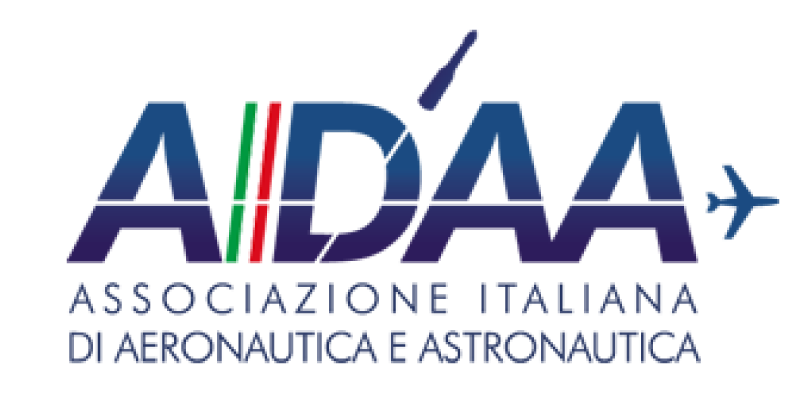Planetary Probes Entry and Descent Science
Planetary Probes Entry and Descent Science
14-15 November 2022 10:00-12:00 CET
Deliver robotic platforms and, in the next future, human missions on a planetary body with an atmosphere is a significant technological challenge. Onboard data acquired during Entry Descent and Landing (EDL) mission phases are typically used to verify the engineering system performances. Nevertheless, such data carry out much information of great scientific value. This webinar introduces the post-flight analysis of EDL mission data with a particular focus on the reconstruction of atmospheric profiles building upon the experience with past missions such as Huygens end ExoMars-2016 and presenting real-world case studies.
Participation
You need to buy one of the package list available here and use the Order ID assigned to you after purchase.
You need to Login for registration.













